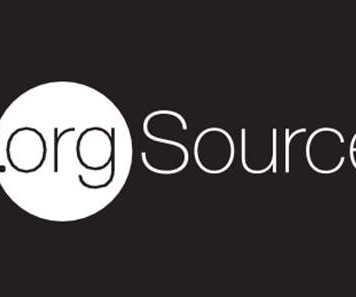Donor Fatigue | It’s Not Your Donors, it’s YOU
Pamela Grow
OCTOBER 14, 2023
On LinkedIn. Articles with headlines like The Reality of Donor Fatigue and Strategies to Overcome It. When we contribute to charity or extend a helping hand, our brains respond with a burst of positivity. The mid-brain actually lights up, releasing endorphins that interact with opiate receptors. In my inbox. Truth bomb.











Let's personalize your content